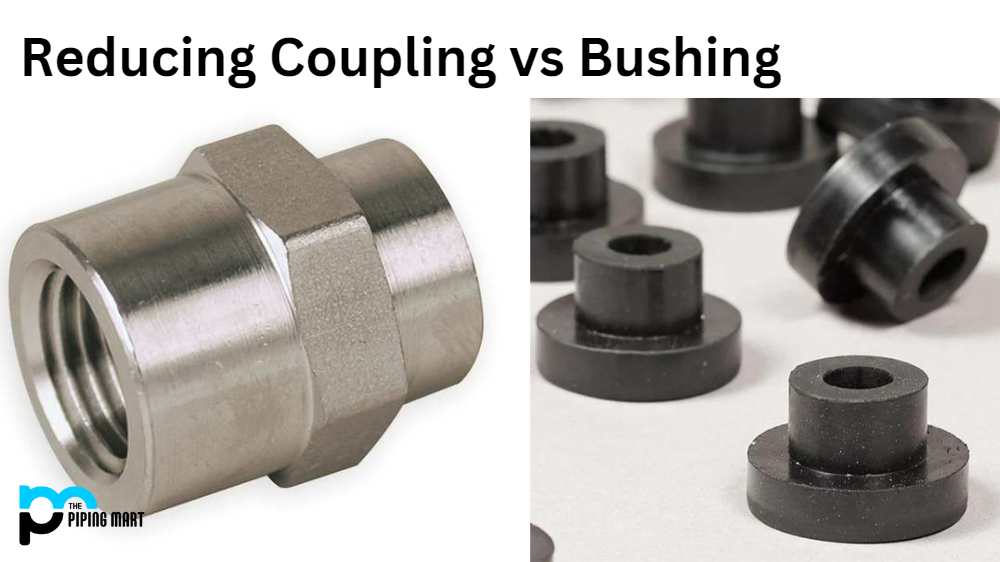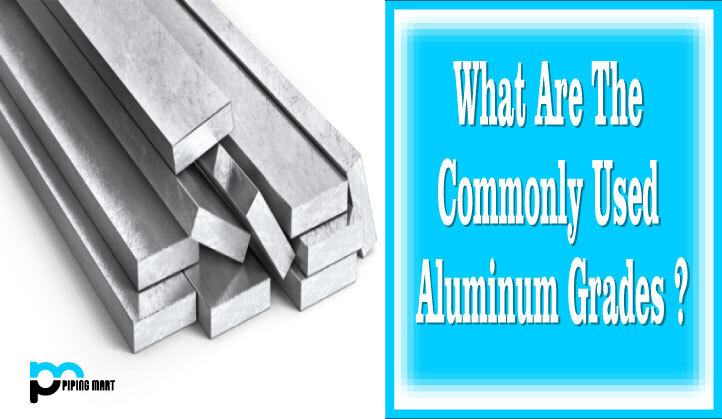When selecting the correct type of pipe for your project needs, it’s essential to consider various factors like pipe size, wall thickness, material, and manufacturing process. Two popular types of welded pipes are Electric Resistance Welded (ERW) and Electric Fusion Welded (EFW). Although both share many similarities, they differ in manufacturing processes, welding technology, and practical uses. In this blog post, we will discuss various aspects of ERW Pipe vs EFW Pipe to help you make an informed decision.
What is ERW Pipe?
ERW pipe is made from a strip of steel that is rolled and welded to create a line. The welding process used for ERW pipe creates a robust and reliable seam resistant to leaks and corrosion. This type of pipe is most commonly used for low-pressure applications, such as carrying water or natural gas.
What is EFW Pipe?
EFW pipe is made from a strip of steel that is rolled and welded to create a line. The welding process used for EFW pipe creates a robust and reliable seam resistant to leaks and corrosion. This type of pipe is most commonly used for high-pressure applications, such as carrying oil or steam.
Difference Between ERW and EFW Pipe
The main difference between ERW and EFW pipe is the welding process used. ERW pipe is made with a resistance welding process that creates a robust and reliable seam. EFW pipe is made with an electrode fusion welding process that creates an even stronger seam. Both types of pipe are resistant to leaks and corrosion, but EFW pipe can handle higher pressures.
Advantages of ERW Pipe
ERW pipe has several advantages over other types of pipes, including:
-It is less expensive than other types of pipes
-It can be used for low-pressure applications
-The welding process creates a robust and reliable seam
Advantages of EFW Pipe
EFW pipe also has several advantages over other types of lines, including:
-It can be used for high-pressure applications
-The welding process creates an even stronger seam
Manufacturing Process
ERW Pipes are made by generating high-frequency electrical resistance to the edges of the metal strips, resulting in fusion by heating the contacted surface to the melting point. On the other hand, EFW Pipes are made by heating a flat metal piece and forming it into a cylindrical shape by melting the edges together. Both processes produce high-quality steel pipes, but ERW Pipes are considered more efficient in time and energy consumption.
Welding Technology
Regarding welding, ERW Pipes utilize a welding technique known as resistance welding, where heat is generated through the electrical resistance of the material to be welded. This process creates a strong bond that requires no additional filler material. EFW Pipes, on the other hand, use welding technology that involves the application of electrical energy to the metal pieces, resulting in a melted joint that is then cooled. These types of pipes are suitable for critical applications that require precision welding.
Applicable Uses
ERW Pipes and EFW Pipes have various use cases, and the choice depends on the specific needs of your project. ERW Pipes are commonly used in industries such as oil and gas, construction, agriculture, automotive, etc. Due to their cost-effectiveness and durability, they are ideal for applications that involve transporting gas, water, or other liquids and structural applications. EFW Pipes, on the other hand, are used in high-performance applications that require tight tolerances, such as nuclear reactors, thermoelectric power plants, and heat exchangers
Advantages and Disadvantages
ERW Pipes offer various advantages, such as a shorter lead time, lower cost, ease of production, and increased efficiency. They are also available in multiple sizes and wall thicknesses, making them an ideal choice for multiple applications. However, they have drawbacks, like fewer dimensions and surface finish accuracy and limited suitability for high-temperature and high-pressure applications. EFW Pipes, on the other hand, offer superior welding quality, high precision, and tight tolerances, making them an ideal choice for high-performance applications. However, they have drawbacks like higher lead time, cost, and lower efficiency than ERW Pipes.
Conclusion
To sum it up, both ERW Pipes and EFW Pipes have their advantages and disadvantages, and the choice depends on the specific needs of your project. ERW Pipes may be the right choice if you require a cost-effective, efficient, and durable solution. However, if you need high-precision welding, superior quality, and tight tolerances, then EFW Pipes may be the way to go. This blog post clarifies the difference between ERW Pipe vs EFW Pipe and helps you make an informed decision.
Rachana is a dedicated and ambitious young woman who has made a name for herself in the metal industry. From her earliest days in the industry, Rachana showed a natural talent for problem-solving and a keen eye for detail. In her free time, She enjoys reading up on the latest advancements in the industry, as well as exploring new ways to innovate and improve upon existing processes.




